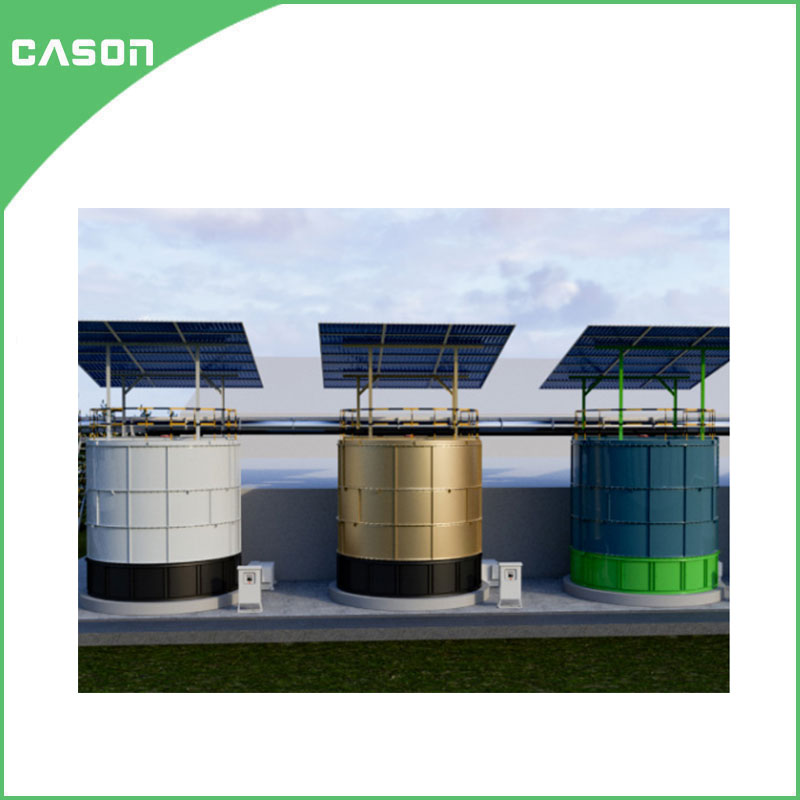Aspects of aerobic vertical fermentation equipment
2023-12-29
Aerobic vertical fermentation equipment is designed for the composting of organic materials in a vertical arrangement, promoting aerobic (oxygen-rich) conditions for the decomposition of organic matter. This type of equipment is commonly used in the composting industry for efficiently processing organic waste into valuable compost. Here are some key features and aspects of aerobic vertical fermentation equipment:
1. Vertical Design:
- Structure: The equipment is designed in a vertical configuration, typically comprising stacked compartments or bins.
- Advantages: The vertical design allows for a more efficient use of space, making it suitable for areas with limited footprint.
2. Aerobic Process:
- Oxygen Supply: The equipment is designed to facilitate the flow of air throughout the composting material, ensuring that aerobic microorganisms have access to oxygen.
- Benefits: Aerobic composting tends to be faster and more efficient than anaerobic (without oxygen) processes. It also helps reduce unpleasant odors associated with anaerobic decomposition.
3. Temperature Control:
- Ventilation System: The equipment may include a ventilation system to control and maintain the temperature within the composting chambers.
- Optimal Temperature Range: Aerobic composting typically occurs within a temperature range of 110°F to 160°F (43°C to 71°C), promoting the activity of beneficial microorganisms.
4. Mixing Mechanism:
- Turning System: Some vertical fermentation equipment may have a built-in mechanism for turning or agitating the composting material. This helps in promoting even decomposition and preventing compaction.
- Benefits: Regular turning ensures that all parts of the composting material are exposed to oxygen, enhancing the overall composting process.
5. Leachate Collection:
- Collection System: A leachate collection system may be incorporated to capture liquid runoff from the composting process.
- Purpose: Proper management of leachate helps prevent environmental contamination and allows for the recycling of nutrient-rich liquid back into the composting process.
6. Controlled Environment:
- Enclosure: Some systems are enclosed to create a controlled environment for composting, providing protection from external factors such as weather conditions.
7. Monitoring and Control:
- Sensors and Controls: Advanced systems may include sensors and control mechanisms to monitor parameters such as temperature, moisture, and oxygen levels.
- Automation: Automation features can help optimize the composting process and reduce the need for manual intervention.
Aerobic vertical fermentation equipment is widely used in large-scale composting operations, such as municipal composting facilities and commercial composting operations. It provides an efficient and environmentally friendly way to manage organic waste by converting it into valuable compost that can be used as a soil amendment in agriculture and landscaping.



